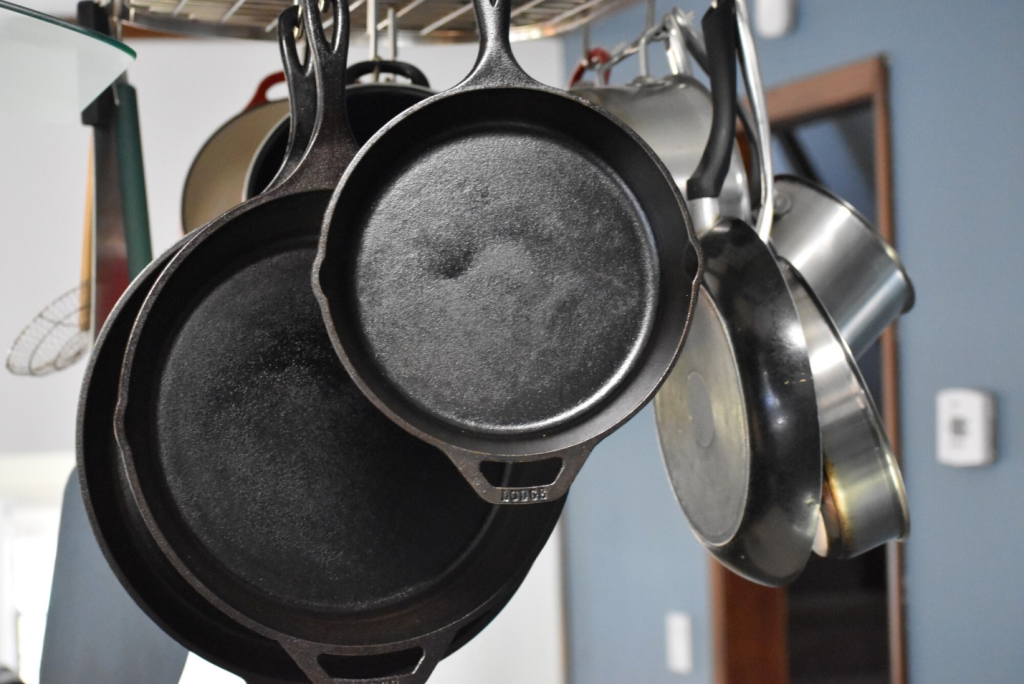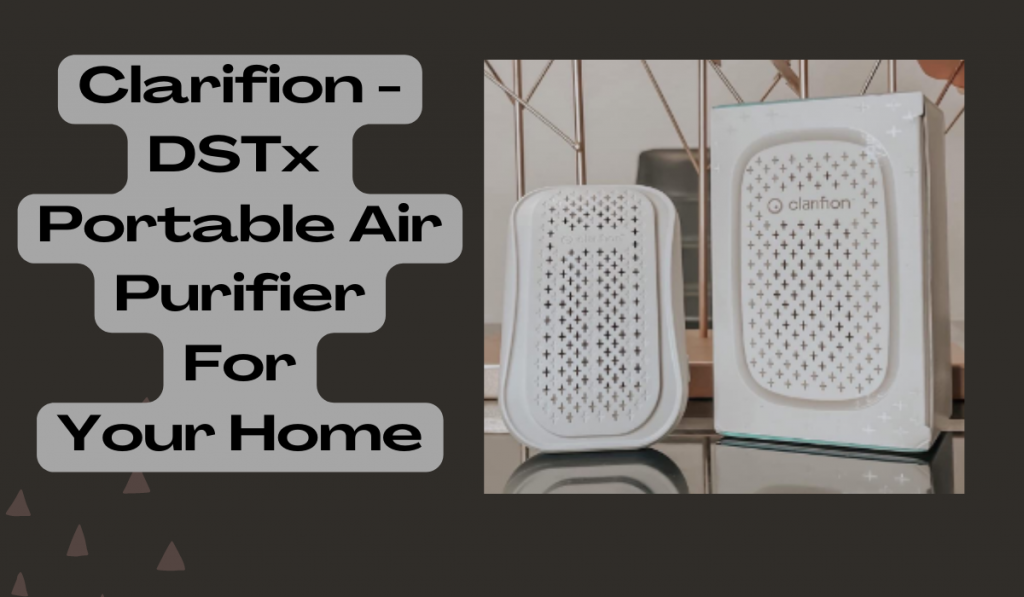Cast iron skillets were first used in China during the 5th century B.C. and became widely used in this region by the 3rd century. Over time, cast iron skillets became popular in Europe and the U.S. as cookware evolved.
Today, many people consider cast iron skillets to be an essential part of cooking. If you’re new to cast iron skillet ownership, you’re likely wondering how to clean a cast iron skillet. But don’t worry, cleaning a cast iron skillet is easier than you think; you just need to learn the basics.
Keep reading this guide to learn everything you need to know about cleaning a cast iron skillet!
How to Clean a Cast Iron Skillet
The best part of using a cast iron skillet is the layer of seasoning that forms after regular use. The seasoning consists of a layer of oil baked directly onto the pan’s surface.
Every time you cook with fat or oil, the seasoning builds. Over time, your cast iron skillet will become a nonstick pan.
To preserve this seasoning, you’ll need to take specific steps to clean your cast iron skillet properly, which include:
Rinse Your Skillet After Use
Rinsing is the first step to pan cleaning. You’ll need to rinse your cast iron pan to dislodge food scraps like eggs, so they don’t harden and stick to your pan.
If you don’t want to wait until your pan has cooled down, pour a cup of hot water into the pan while it’s still on the stove.
Use Soap, Water, and a Scrub Brush for Stubborn Food Scraps
You might have heard that you shouldn’t use soap on a cast iron pan. However, if plain water isn’t loosening up stubborn food, you can safely use a bit of mild soap.
Avoid using scouring pads or abrasive scrubbers for general cleaning. Doing this will take off the seasoning that’s built up.
Never put your cast iron pan in the dishwasher. Putting your pan in the dishwasher will strip the layer of seasoning you’ve built up. It will also leave your skillet more vulnerable to rust.
Scrubbers like Scrub Mommy or Casabella Mini Brush are solid options for cast iron pan cleaning. In addition, Scotch-Brite Stainless Steel Scrubbers will help remove food debris and rust from your pan.
Remember to use only metal scouring pads or steel wool for deep cleaning. However, with this method, you’ll need to season your cast iron skillet again.
Dry Your Skillet
It’s best not to leave a cast iron skillet on a rack to dry. Instead, you’ll need to use a paper towel or clean rag to wipe it down immediately. Avoid using a light-colored towel since cast iron tends to leave a stain.
You can also place your skillet in a warm oven to let it dry.
You’ll also need to ensure your skillet is completely dry before storing it. Avoid storing near any other pans that may still be damp from washing. It’s also best to immediately remove wet food, like if you’re cooking cast iron desserts such as apple pie. Once removed, rinse and dry your skillet right away.
Drying your skillet immediately prevents rusting and will ensure you’ll be able to use your cast iron skillet for years to come.
How to Season Your Cast Iron Skillet
Learning how to clean your cast iron skillet also means you’ll need to understand when and how to season your pan.
Seasoning a cast iron skillet is the process of forming a nonstick surface coating. Most types of cast iron skillets already come preseasoned, so they’re ready for use. However, the seasoning can wear away over time, and you’ll need to reapply it.
You’ll also need to reseason your pan after scrubbing away any rust.
Take your clean and dry cast iron skillet and place a thin coat of vegetable oil on the entire pan, including the outside handle. Heat your oven to 350 degrees, and put the skillet upside on the top rack for an hour.
After an hour, leave your skillet in the oven to cool thoroughly.
If you’re seasoning a previously unseasoned or stripped pan, you’ll need to repeat these steps until you see a smooth finish.
When Should You Replace Your Cast Iron Skillet?
Finally, cleaning your pan gives you an excellent opportunity to ensure your pan is in good condition, so you’ll need to know what to look for.
With proper reseasoning care and cleaning, cast iron skillets can last for many years. In fact, people often use cast iron skillets that are passed down through generations of family members.
While cast iron skillets have a reputation for standing the test of time due to their durability, eventually, the time with your cast iron skillet may come to an end. But how do you know when it’s time to say goodbye?
Some key indicators that tell you it’s time for a new skillet include the following:
Unstable Base
A wobbly or warped base will cause your cast iron skillet to become unstable. Typically this is due to extremely high heat or continuous temperature fluctuations.
A great way to test for this is to place your pan on a burner and press the handle down. A slight wobble is OK, but a dramatic wobble can cause your food to heat unevenly and increase the risks of hot food splashing or spilling.
Cracks
If you notice a crack in your pan, it’s time to stop using it. Even the tiniest hairline crack expands and contracts during heating and cooling.
Ultimately, cracks will cause your skillet to split. If this happens while cooking, it can be hazardous. Cracks are also difficult to clean and can cause your pan to rust or have issues with bacteria buildup.
Cleaning a Cast Iron Skillet
Now that you know how to clean a cast iron skillet, you’ll be able to thoroughly enjoy cast iron cooking for years to come.
Continue to research to learn the best cast iron skillet cooking tips so you can understand more about the ins and outs of cast iron ownership.
If you’re ready to learn more helpful lifestyle tips, you’ll need to check out the rest of our blog today!
Author


